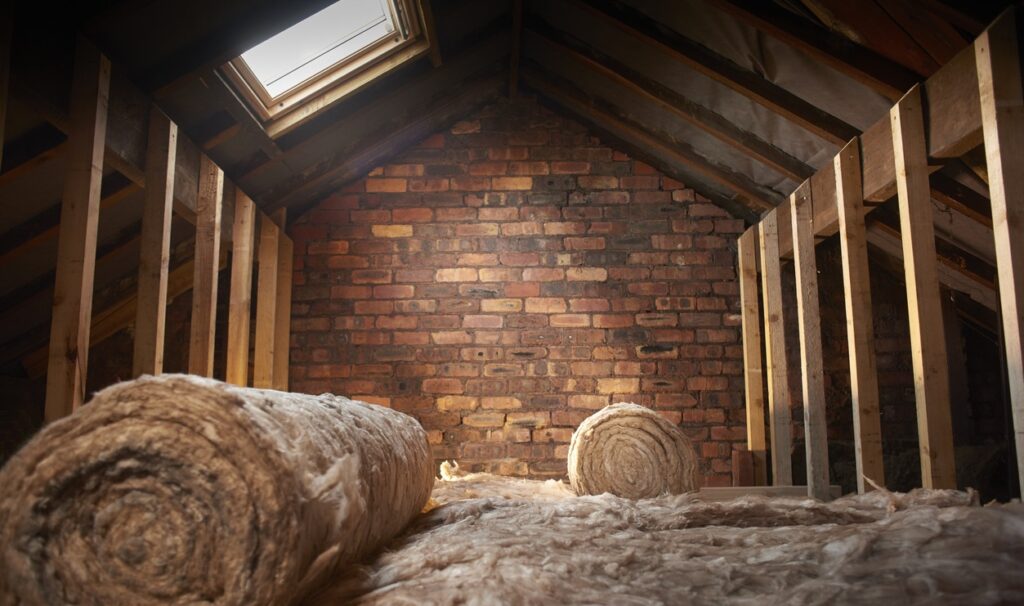
Loft Insulation
Do you want to use your loft as a further living space?
Converting loft area into a warm loft, whether there’s actual insulation or not, will need more packing as the variation in use will transform your plan. If you want to insulate a loft transformation so you can use the loft as more living space then you don’t want to leave the insulation on presentation and there may be further ideas to make about acoustic and fire-rated insulation. So, if there is current floor insulation, you may want to look into upgrading or improving the thickness of this as you might not know the thermionic conductivity of the insulation or how long it has been there.
You don’t want to extend the height of the floor too much as this will take away the head space that the room offers. Unusually for flopped roofs, adding too much floor height can result in less usable floor space as areas closer to the eaves don’t have sufficient head height to allow a person to stand up. It’s smart to consider thin floor insulation benefits as well as insulating the ceiling in the rooms below to add that all-important energy efficiency.
Acoustic insulation is a fantastic idea for when you insulate a loft as it can reduce the impact noise from steps through the loft and into rooms below. It will also stop airborne noise, including sounds and discussions, from traveling between the loft and the rooms below.
